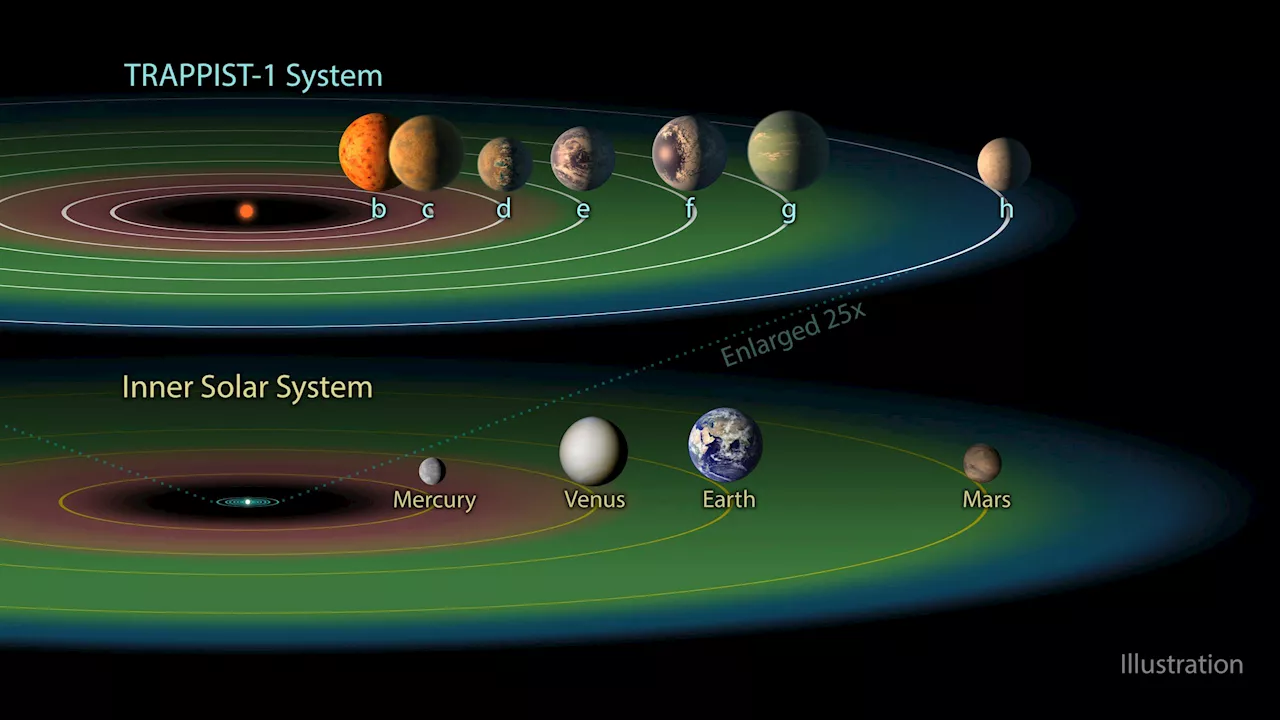Space and astronomy news
Three of the TRAPPIST-1 planets – TRAPPIST-1e, f and g – dwell in their star’s so-called “habitable zone. CreditL NASA/JPLTRAPPIST-1 star system
. It isn’t a perfect choice. Red dwarf stars like TRAPPIST-1 are notorious for emitting flares and hard X-rays in their youth, but the system is just 40 light-years away and has seven Earth-sized worlds. Three of them are in the potentially habitable zone of the star. They are clustered closely enough to experience tidal forces and thus be geologically active. If intelligent life arises easily in the cosmos, then there’s a good chance it exists in the TRAPPIST-1 system.
But finding evidence of intelligent life on a distant planet is difficult. Unless Mr. Mxyzptlk or the Great Gazoo want to talk about your car’s extended car warranty, any signal we detect will likely be subtle, similar to the stray radio signals we emit from Earth. So the challenge is to distinguish actual signals from aliens, known as technosignatures, from the naturally occuring emissions of stars and planets.
The study began with a few assumptions. The biggest one was to presume that if TRAPPIST-1 has an intelligent civilization it is likely spread across more than one world. Given how compact the system is, that isn’t too outlandish. Getting from one world to another wouldn’t be much more difficult than it is for us to get to the Moon. With that assumption, the team then assumed that the worlds would transmit radio messages between each other.
Alas, if there are aliens in the TRAPPIST-1 system, we haven’t found them yet. But the result shouldn’t minimize this study. It is the longest continuous survey of the system to date, which is pretty cool. And it’s kind of amazing that we’ve reached the point where we’re able to do this study. We are actively searching known exoplanets in detail.
United States Latest News, United States Headlines
Similar News:You can also read news stories similar to this one that we have collected from other news sources.
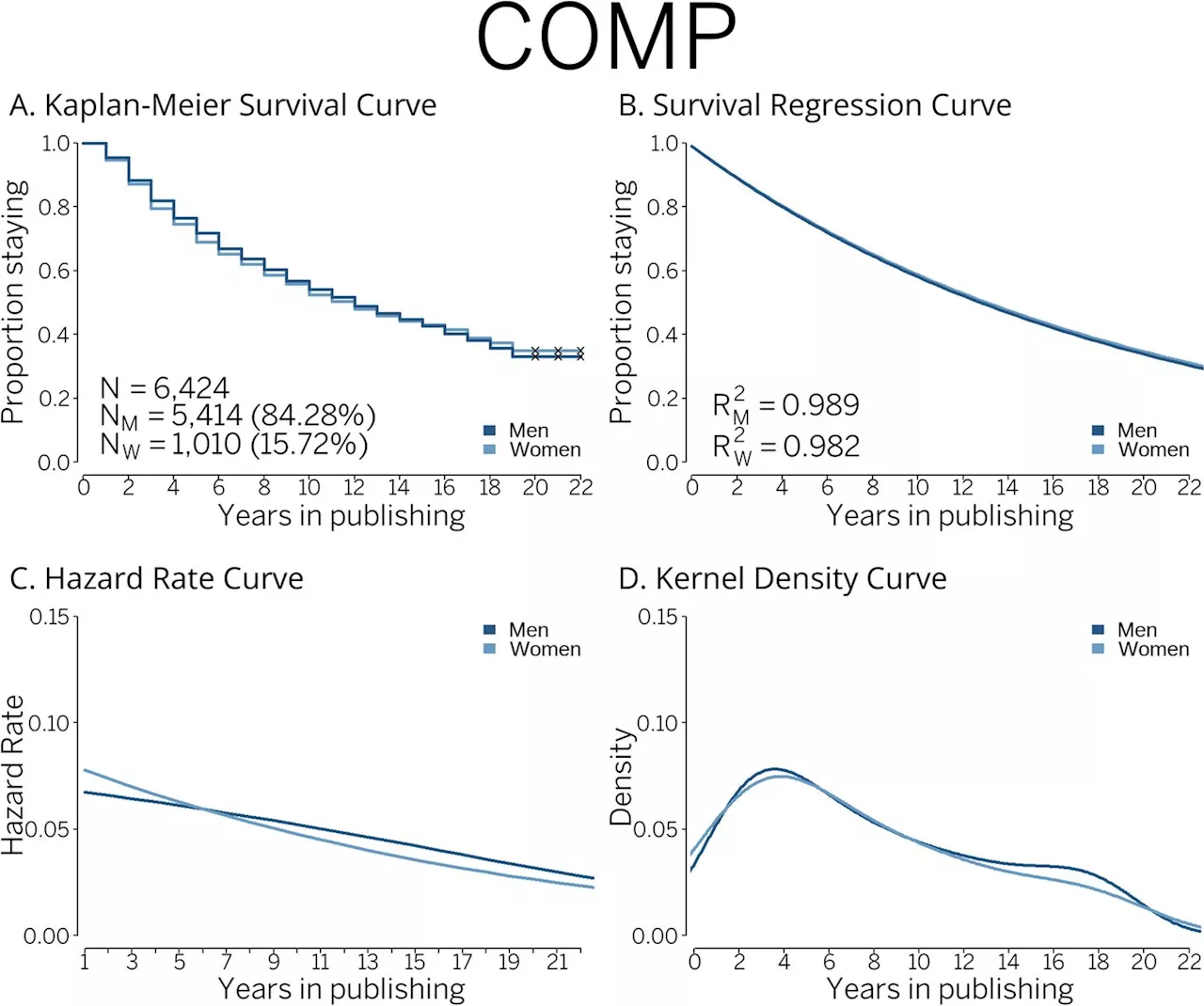 Disappearing scientists: Attrition and retention patterns of 2.1 million scientists in 38 OECD countriesResearch has been showing that women scientists continue to disappear from science at a significantly higher rate and in higher percentages than men. This is what social scientists have thought for decades—but this is no longer the case today, according to a study published in Higher Education.
Disappearing scientists: Attrition and retention patterns of 2.1 million scientists in 38 OECD countriesResearch has been showing that women scientists continue to disappear from science at a significantly higher rate and in higher percentages than men. This is what social scientists have thought for decades—but this is no longer the case today, according to a study published in Higher Education.
Read more »
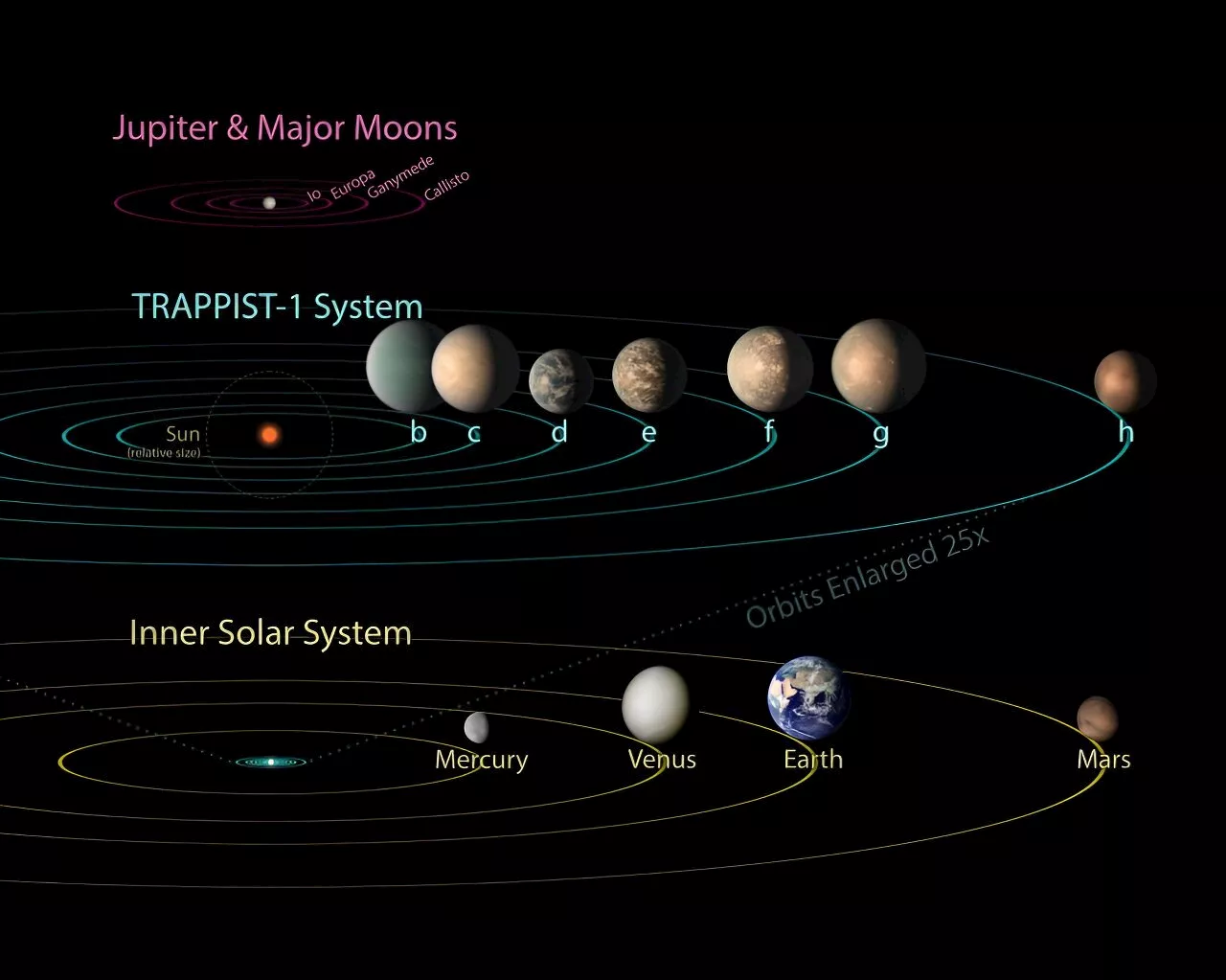 The evolution of the Trappist-1 planetary systemPlanets are bodies that orbit a star and have sufficient gravitational mass that they form themselves into roughly spherical shapes that, in turn, exert gravitational force on smaller objects around them, such as asteroids and moons.
The evolution of the Trappist-1 planetary systemPlanets are bodies that orbit a star and have sufficient gravitational mass that they form themselves into roughly spherical shapes that, in turn, exert gravitational force on smaller objects around them, such as asteroids and moons.
Read more »
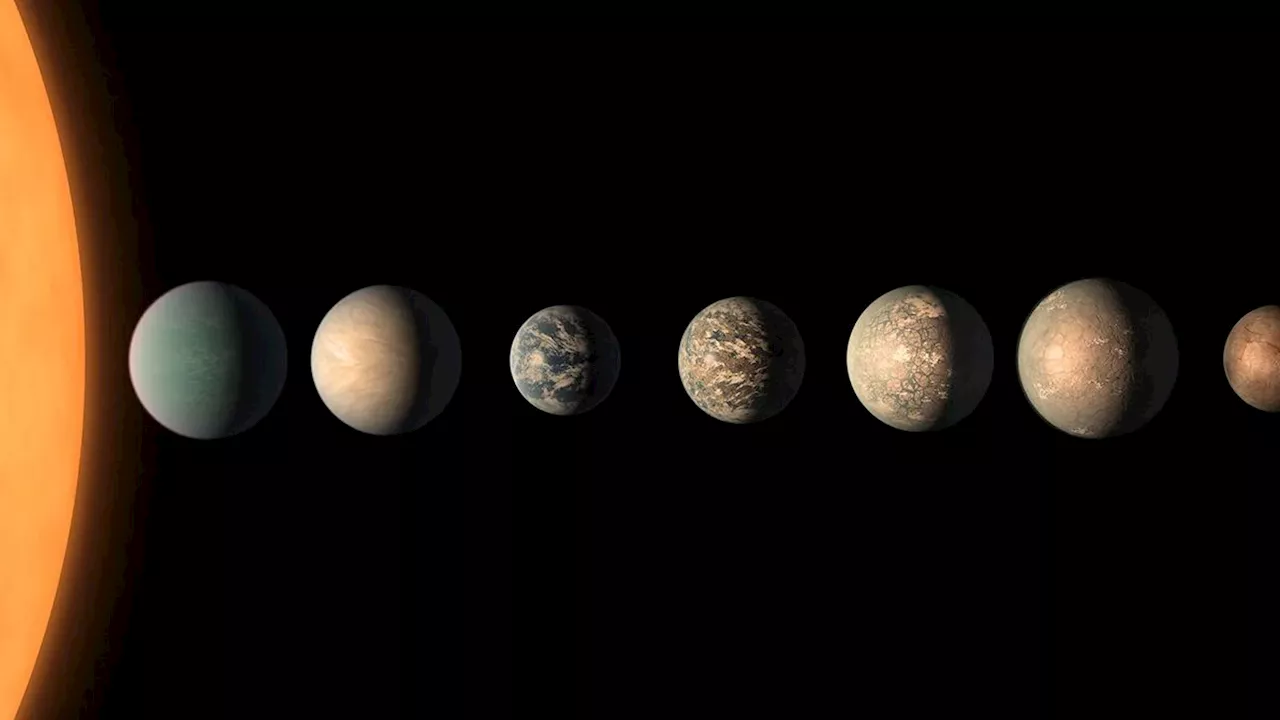 Why the 7 worlds of TRAPPIST-1 waltz in peculiar patternsKeith Cooper is a freelance science journalist and editor in the United Kingdom, and has a degree in physics and astrophysics from the University of Manchester.
Why the 7 worlds of TRAPPIST-1 waltz in peculiar patternsKeith Cooper is a freelance science journalist and editor in the United Kingdom, and has a degree in physics and astrophysics from the University of Manchester.
Read more »
 SETI searches for alien life in over 1,000 galaxies using unexplored radio frequenciesKeith Cooper is a freelance science journalist and editor in the United Kingdom, and has a degree in physics and astrophysics from the University of Manchester.
SETI searches for alien life in over 1,000 galaxies using unexplored radio frequenciesKeith Cooper is a freelance science journalist and editor in the United Kingdom, and has a degree in physics and astrophysics from the University of Manchester.
Read more »
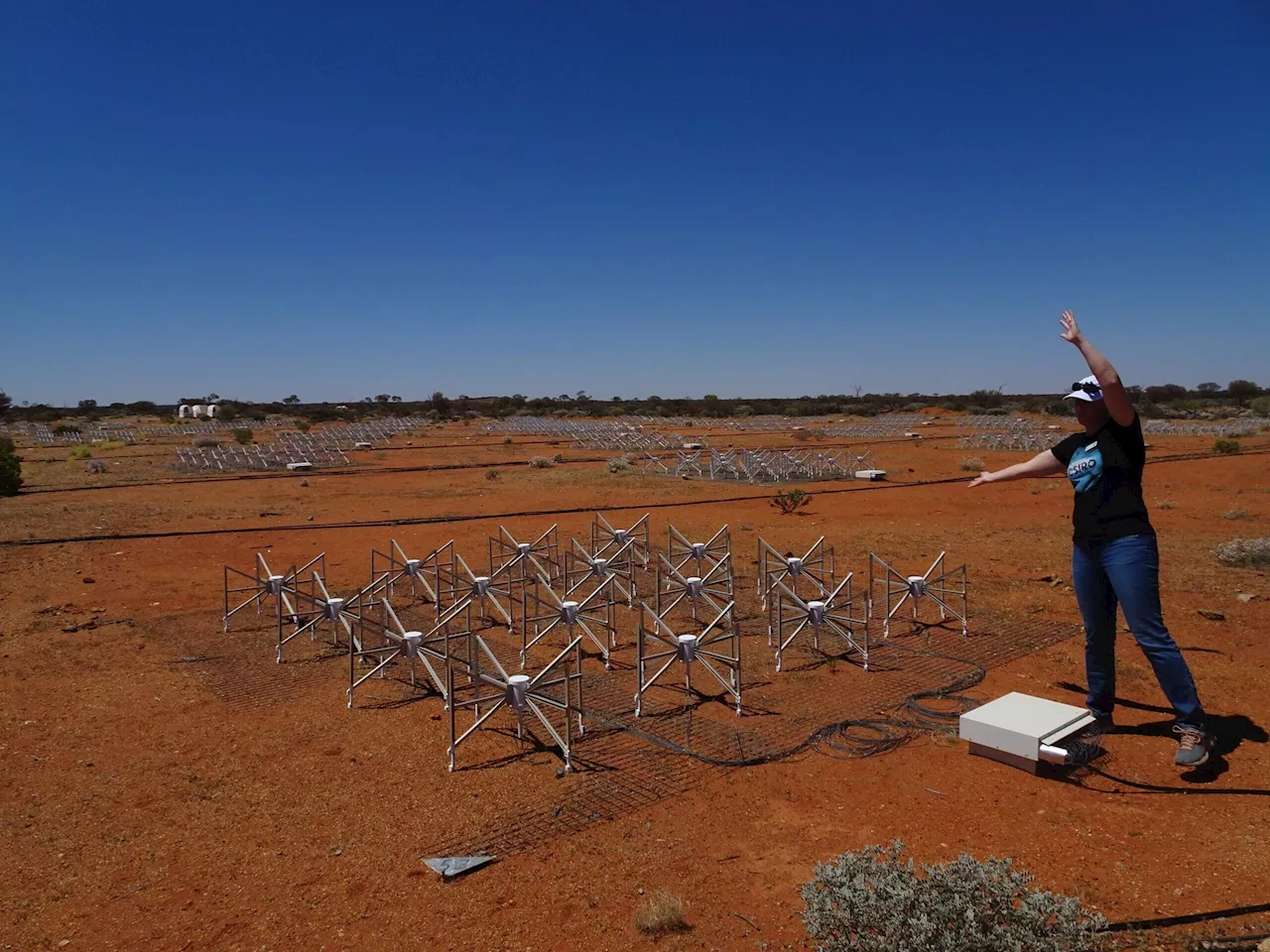 Researchers start first low frequency search for alien technology in distant galaxiesThe SETI Institute, the Berkeley SETI Research Center and the International Centre for Radio Astronomy Research announced a study using the Murchison Widefield Array (MWA) in Western Australia. Led by Dr. Chenoa Tremblay of the SETI Institute and Prof.
Researchers start first low frequency search for alien technology in distant galaxiesThe SETI Institute, the Berkeley SETI Research Center and the International Centre for Radio Astronomy Research announced a study using the Murchison Widefield Array (MWA) in Western Australia. Led by Dr. Chenoa Tremblay of the SETI Institute and Prof.
Read more »
 NOAA using AI to scan satellite imagery, identify wildfires right when they startEthan Carlson joined Denver7 in November 2020. After more than three years as a photographer, he moved into the role of multimedia journalist.
NOAA using AI to scan satellite imagery, identify wildfires right when they startEthan Carlson joined Denver7 in November 2020. After more than three years as a photographer, he moved into the role of multimedia journalist.
Read more »
